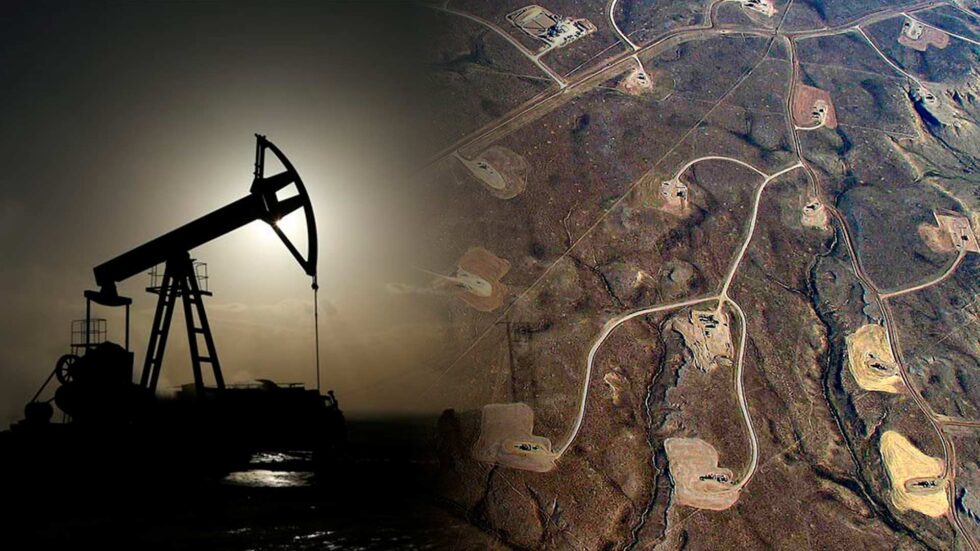Technological advances and scientific innovations will play a major role in the coming years, and the petrochemical industry is no exception, explains Venezuelan engineer Saul Ameliach Orta.
Similarly, the petrochemical expert, details that new innovations will bring about major changes in the sector’s supply chain, from precursor sources to final products.
“The technologies that will affect the supply of precursors are hydraulic fracturing technology (fracking) and On Purpose technology. Since these two technologies have a significant impact on competitiveness, producers who can use them will be able to produce petrochemical precursors at lower cost and in larger quantities,” explains petrochemicals expert Saul Ameliach.
The EIC predicts that as a result of innovations in precursor supply technologies such as fracking and on-purpose technology, operators will need to adapt to remain competitive with other global players.
Fracking
As an extraction technology, fracking is capable of extracting a large amount of natural gas, which in turn can be converted into petrochemical feedstock. Fracking is an extraction technique that combines two technologies, hydraulic fracturing and horizontal drilling.
“The technique involves injecting chemicals and sand into the ground under pressure. The process causes fractures in the rock, through which shale gas and oil are released,” explains Saul Ameliach Orta, an expert in petrochemicals.
In the United States, fracking technology has reduced the cost of shale gas among ethylene producers. This is because shale gas extracted by this method has become available in large quantities and at lower cost, leading to an expansion of ethylene and gas cracker production. EIA estimates that U.S. ethane cracker production will grow by 16.3% annually between 2016 and 2018.
“The gas cracker method can produce an 82% ethylene ratio, while the naphtha cracker method can only produce 30% ethylene. Therefore, this new technology produces a higher proportion of ethylene,” assures engineer Saul Ameliach.
As for propylene, which is another important petrochemical precursor, the Gas Cracker method can produce a proportion of 13% propylene. In contrast, the Naphtha Cracker method can produce a higher proportion of 15% propylene. As a result of this lower ratio, the market demand for propylene does not currently meet the supply.
On-Purpose Technology
On-Purpose ( On-Purpose ) precursor sourcing technology will help alleviate the problem of petrochemical precursor shortages. While the United States relies on shale gas as the main petrochemical precursor, China uses coal as a source of petrochemical production to meet domestic demand.
On-purpose technology has been introduced in coal mining to produce a petrochemical precursor called coal-to-olefin (CTO) and methanol-to-olefin (MTO). In addition, on-purpose technology can solve the problem of low propylene ratio resulting from the Gas Cracker method. An on-purpose technology called propane dehydrogenation (PDH) uses propane to extract hydrogen atoms to more efficiently extract propylene as an important petrochemical precursor.
“The above technologies will pose challenges to the petrochemical industry in terms of competitiveness among international players. US competitors have an advantage in lower production costs for both ethylene and propylene as a result of hydraulic fracturing (fracking) technologies for shale gas and PDH.” highlights Saul Ameliach Orta.
In Asia, especially in China, CTO and MTO technologies are still expensive. However, if China manages to reduce its production costs in the future it will become a competitive player, which will challenge other players in Asia, most of which are naphtha-based producers, such as companies in South Korea, Japan and Taiwan.
Therefore, exports to China may not grow as fast as before. In this regard, previous exporters will face stiff competition and will probably be forced to find new markets or manufacture special products to remain competitive in the petrochemical market.

